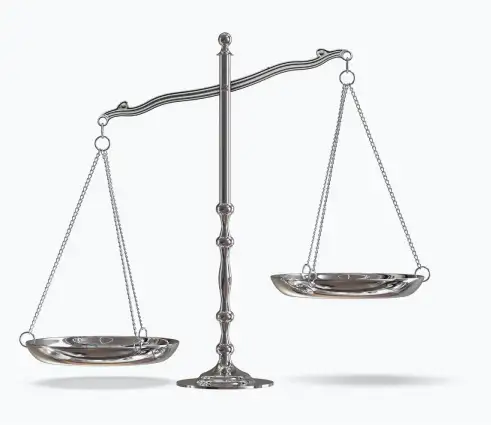Intellectual property: what is common between pear and apple?
What`s common between pear and apple? At first sight, the answer is quite obvious and not interesting from a legal point of view. However, the situation is the opposite, and an answer to this may help many entrepreneurs (and not only them) to understand the intricacies of choosing a trademark.
Well, recently the General Court of the European Court of Justice has answered this question, while considering the dispute between Pear Technologies Ltd and Apple Inc.
In July 2014 Pear Technologies Ltd. filed an application to register an EU logo trademark (image 1). But Apple Inc. filed a notice of opposition based on its prior EU registration (image 2) of a trademark for the same classes of goods and services. European Union Intellectual Property Office granted the notice of opposition with a finding that there was a visual similarity and a weak conceptual similarity between the trademarks, mentioned above. Therefore, Pear Technologies Ltd. took legal action to appeal the decision.
Instead, the court made an opposite decision based on the following:
1) Both trademarks at issue are visually different:
In fact, the marks in question, as registered or applied for, are composed of the depiction of two different fruits, an apple and a pear, which, on a visual level, may be easily and clearly distinguished by the relevant public;
As for an oblong device reminiscent of a leaf or a stem, which is depicted on top of the respective fruit clearly detached from the ‘body’ of the fruit and in the same 45 degree angle leaned to the right, it is necessary to mention that shape and size of those elements are very different. It is therefore very likely that the relevant public does not take account of their similar positioning, especially as the elements representing the stem or the leaf will not particularly attract attention due to their small size.
The overall shapes of the conflicting marks are visually very different, especially as one mark depicts a fruit with a bite taken out of it and having a ‘hollow’ inwards, whereas another mark depicts a whole fruit, without a trace of a bite;
One mark is composed of the solid image of an apple, whereas, another mark is not composed of the solid image of a pear, but of an abstract representation without an outline, made up of numerous mosaic squares with rounded edges of different sizes together with a stem in the form of a rectangle with rounded edges and the word ‘pear’.
2) Both trademarks at issue are conceptually different.
It is, admittedly, true that each of the conflicting marks may be described as using the image of a fruit. However, the mere fact that there is a generic term which includes the terms used to describe the semantic content of the marks at issue is not a relevant factor in the context of the conceptual comparison. The relevant public will not perceive marks as two unidentifiable fruits and will not use the generic term ‘fruit’ instead of ‘pear’ or ‘apple’. Marks at issue do not share the concept of a ‘fruit with a bite taken out of it’.
To conclude, we would like to mention that the decision of a court was influenced by all given arguments collectively. Also, taking such arguments into consideration while creating your own trademark, if not always can protect you from being sued in other ways, but will help you to defend your position.
Prepared by Oleksandra Petrenko, associate at Attorneys at law “Bachynskyy and Partners”


